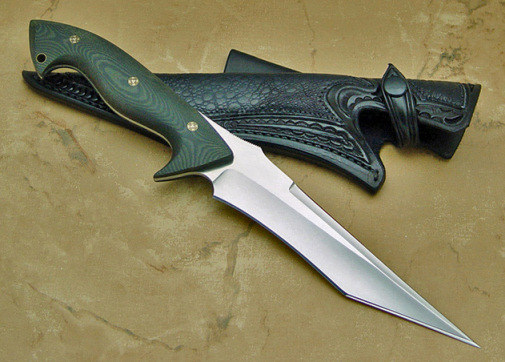Carlton, the operative words there were "woodworkers I know".
If you think about it, it makes sense to round over the shoulder at the top of the edge bevel. It dramatically reduces drag in a cut, especially with a material like wood.
If you make the whole edge convex, parabolic as in the shape of a deflected belt, you can simultaneously make the edge angle just a bit steeper and completely remove the edge to shaft transition. That makes the edge stronger to resist microchipping, reduces cutting resistance, and because the side of the bevel is working for you more efficiently as a wedge it cuts better and faster through wood and most other things. Happy, happy, happy.
If you do nothing else though, that leather belt with a tiny bit of aluminum oxide is worth its weight in Brazilian Rosewood. It not only strops the edge to a super fineness, but it also polishes the whole bevel to make it slide through wood like it wasn't there. You can even use it to trim your sideburns while your at it. When you need to touch it up, the leather belt of often enough. If not, a few seconds on 15 microns will get you back to sharp.  Jerry Hossom38525.3943518519 Jerry Hossom38525.3943518519
|




 One thing for sure, you won't have any trouble keeping your chisels, planes, etc. sharp.
One thing for sure, you won't have any trouble keeping your chisels, planes, etc. sharp. 